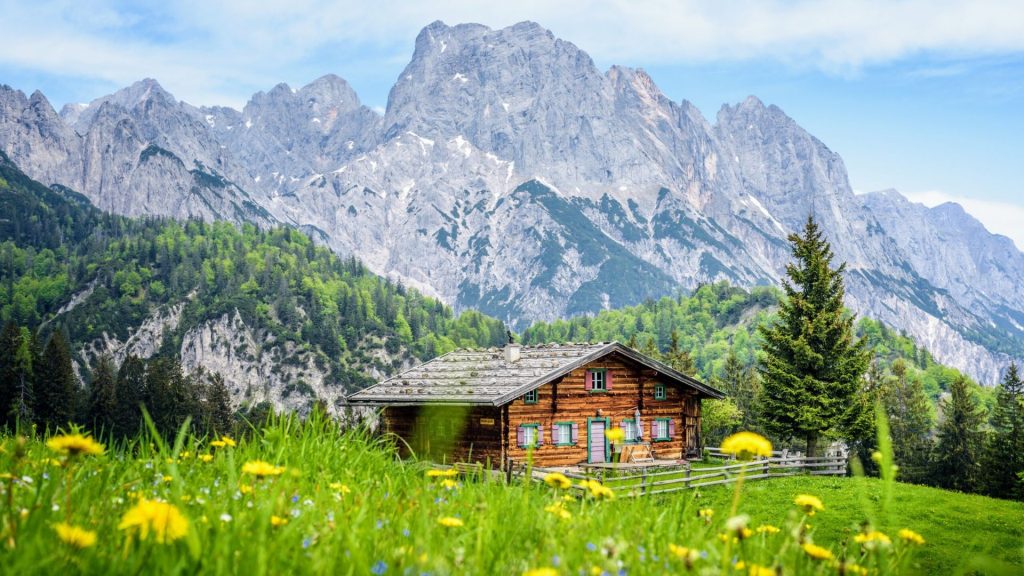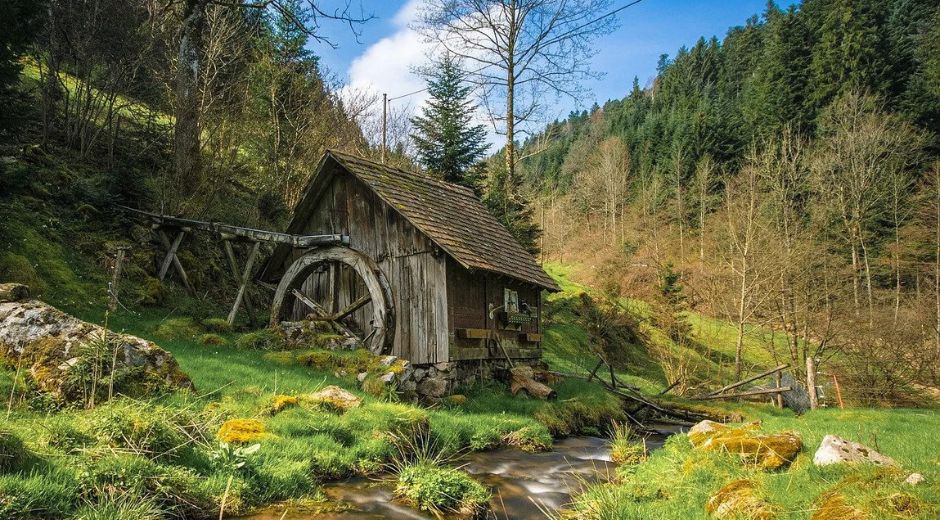Altitude and Life: Following the Mountain Winds
Altitude and Life: Following the Mountain Winds
High in the silent reach of the mountains, where the horizon opens wide and the air grows thin, the world changes. Life at high Altitude does not mirror life below. It slows, sharpens, adapts. It becomes resilient, flexible, and deeply attuned to the shifting rhythms of wind, temperature, and light. To journey into these heights is to step into a realm where survival is as much about patience and understanding as it is about strength.
Mountain environments challenge every living organism that enters them. Tree lines give way to rock. Forest scent dissolves into mineral air. The calls of animals become fewer, more deliberate, echoing across open cliffs and deep valleys. Yet, for those who know how to look, these landscapes are not empty. They are filled with quiet stories of persistence, beauty, and ancient memory.
For readers who want to explore wildlife in different habitats around the world, the San Diego Zoo offers animal profiles and habitat insights:
https://zoo.sandiegozoo.org
But what makes mountain regions so fascinating is not only the species that inhabit them, but the way they interact with wind, terrain, and sky.
Where Wind Becomes a Guide
Wind in the mountains is not only weather. It is movement, pathway, and signal. The higher one travels, the more the wind becomes constant. It shapes rock formations, influences migration, and carries seeds and spores across valleys. To animals, wind is a map. Birds glide upon it rather than push through it. Mammals sense direction and scent through air currents. Plants grow low or cling to stone to withstand its force.
At high Altitude, the wind defines space.
It announces storms before the clouds catch up. It guides birds on seasonal routes. It clears ridgelines, allowing small alpine flowers to bloom where snow has retreated. Travelers often describe the wind as a voice — not loud, but always present. It is a companion, sometimes a challenge, sometimes a reassurance that life moves even in stillness.
Plants That Hold to Stone
Plant life at high Altitude is defined by adaptability. Where soil is sparse and cold is constant, plants grow close to the earth to preserve warmth. Their colors intensify, not weaken. Alpine ecosystems are known for deep purples, rich greens, vibrant golds, and delicate white blossoms no larger than a thumbnail.
Some plants grow in cracks of stone, roots thin yet strong, drawing nutrients from what seems like nothing. Others store water for long periods, preparing for the dry months. These small, enduring species become essential anchors of the ecosystem. Insects feed on them. Birds seek them for nesting materials. Small mammals gather them for winter dens.
Fragility here is an illusion. The resilience of alpine plant life is a reminder that survival often looks quiet, modest, and persistent rather than large or loud.
Animals of the Heights
Animals who live at high Altitude must adapt their physical structure and behavior to match the demands of their environment.
Mountain Goats and Ibex
Their hooves are naturally designed for grip and balance. They move with confidence where humans see impossible terrain. Their fur thickens in layers, trapping heat while deflecting cold.
Birds of Prey
Eagles, hawks, and vultures use the rising air currents to glide effortlessly. They conserve energy by riding the wind rather than flapping. Their eyesight sharpens at high Altitude, allowing them to spot prey far below.
Snow Leopards and High-Altitude Predators
These animals move silently, their bodies blending into rock and snow. They require enormous territories and rarely encounter humans. Their survival depends on patience and precision.
For those interested in how such animals are portrayed in history, culture, and storytelling, archived publications and features can often be found through curated newspaper collections:
https://newspapersio.com/
High Altitude wildlife embodies elegance shaped by necessity. Nothing is wasted. Every movement has purpose.
The Rhythm of Day and Night
Sunrise at high Altitude arrives cold and sharp. The light enters quickly, not filtered through trees or city structures. Shadows stretch far across stone. Animals become active early, using cooler hours for movement.
Midday heat is brighter but thinner. The sun is strong, yet the air remains light. Water evaporates faster. Snow melts only at the edges.
Night descends just as suddenly. Temperatures drop. Stars appear more vivid and near. Silence deepens, broken only by occasional wingbeats or distant steps.
Living or traveling at high Altitude requires respect for this rhythm. It teaches patience and awareness. The mountain does not rush. It invites presence.
The Human Experience of Height
Humans visiting mountain regions often describe a feeling of humility. The scale of land, the thinness of air, and the distance between structures create a sense of perspective that is difficult to find in lowland environments.
The body adapts slowly:
Breathing steadies
Muscles adjust
Awareness heightens
People become more sensitive to sound, temperature changes, and the texture of light. Some describe a deep calm. Others feel energized. Many feel connected to something older than civilization.
These experiences are not limited to trained climbers. Even small ascents — reaching a lookout, a ridge, or a high meadow — can shift awareness.
The Meaning of Stillness
Stillness in the mountains is not empty. It is full of movement so subtle that one must slow down to perceive it. The flutter of grass. The arc of a bird gliding without wingbeats. The soft crumble of a pebble adjusting under temperature change.
Stillness invites listening. Listening invites understanding. Understanding leads to respect.
Respect for place becomes respect for life.
And respect is the foundation of coexistence.
For more reflections on nature, travel, ecosystems, and wildlife journeys, readers can continue exploring:
https://zoopora.com
Conclusion: The Quiet Strength of Altitude
High Altitude landscapes demonstrate that strength does not require speed, noise, or dominance. Strength can be quiet, measured, and attentive. The mountain teaches resilience not through force, but through endurance. It teaches balance not through control, but through adaptation.
Life at high Altitude is not easy. It is precise.
It is patient, observant, and deeply connected to the flow of wind, stone, light, and time.
To follow the mountain winds is to follow a path of humility.
To walk at high Altitude is to remember how small we are, and how vast the world is.
To witness life thriving against difficulty is to rediscover the meaning of possibility.
Wildlife Behavior Curiosity

Territory and Animal Behavior, How Species Claim Their Space
Explore how animals establish and defend territory, why space matters for survival, and how territorial behavior shapes ecosystems.

Wilderness and the Human Spirit, Finding Balance in Nature
Explore how the wilderness awakens creativity, calm, and self-discovery, guiding people back to balance in an increasingly digital world.

Training and Trust: Building a Stronger Bond with Your Pet
Discover why biodiversity is vital for ecosystems, climate balance, and human survival, and how conservation protects life’s intricate web.












